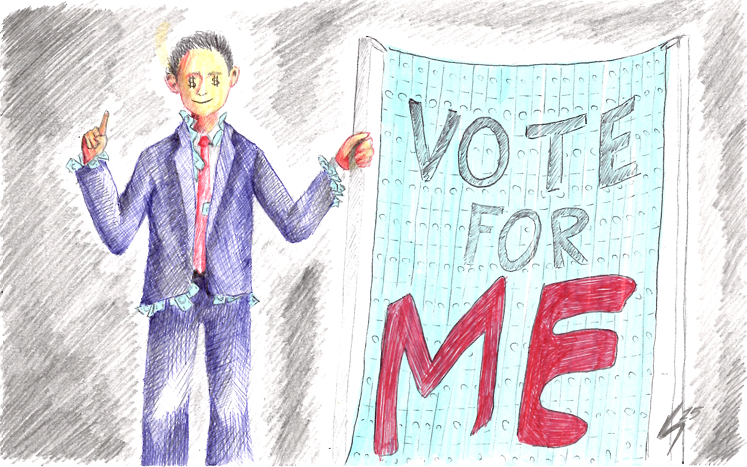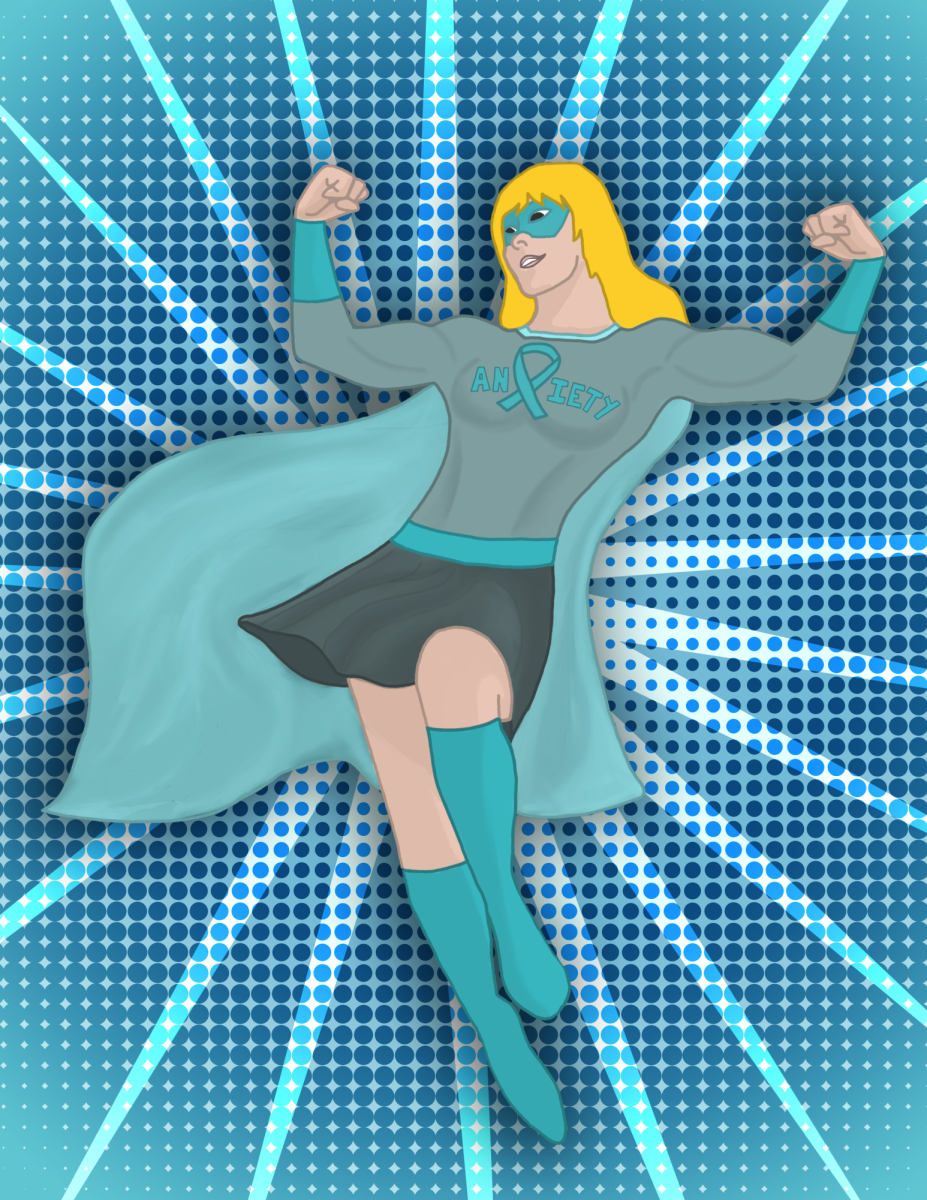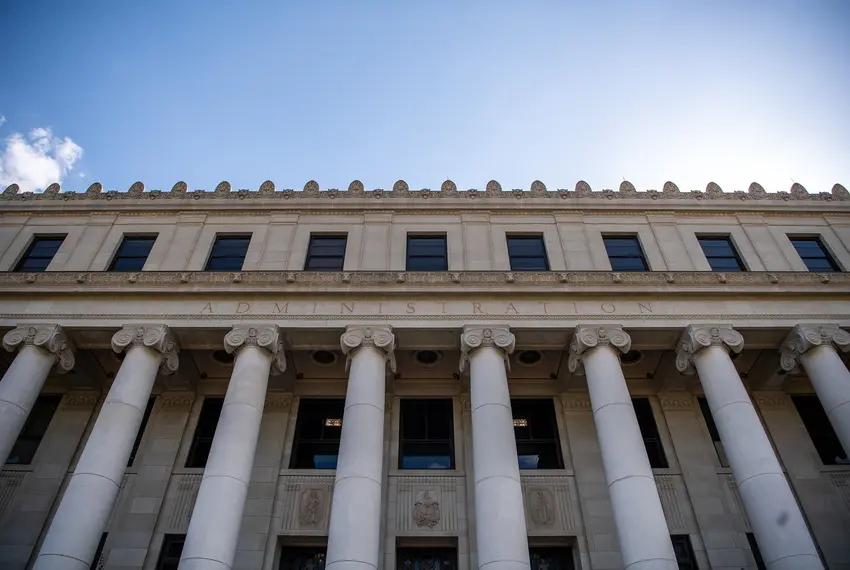The 1982 cult classic Ridley Scott film “Blade Runner” is widely considered to be a masterpiece of cinema. A thoughtful commentary on what it means to be human in an increasingly artificial world, Scott’s original film left big footsteps to follow in. However, even though 2049 was created under a different director, it had no trouble living up to the high standards set by its predecessor.
“Blade Runner 2049” is a relatively long movie, composed of long shots of expansive landscapes and surging and almost overwhelming music. It advances its plot at a steady pace, and takes the time to draw attention to some of the more intricate details of director Denis Villeneuve’s gritty vision of a future Earth.
Even so, there was never a dull moment in this film. 2049’s use of color and intense, haunting music, written by Hans Zimmer and Benjamin Wallfisch, make every second of the film a distinct part of the experience. Be it flying high over the bleak metropolis of future Los Angeles or walking through the orange tinted ruins of Las Vegas, the film’s breathtaking visuals and audio effects held me in rapt attention throughout.
Even beyond the technical details of the film, Villeneuve’s overarching themes made an interesting statement about the importance of what’s real in life. The plot centers around a replicant, or artificial human, played by Ryan Gosling, who’s struggling with an identity crisis. He’s an android with a manufactured body, manufactured mind and false memories of a childhood that never happened. In addition to the moral and philosophical questions such a character raises, it is revealed that this replicant has a digital girlfriend who thinks she’s in love with him. Whether or not this digital being is even capable of love is an unanswered question largely left up to the viewer to decide.
Villeneuve shows us how quickly the water muddies when approaching issues such as these, and he poses a lot of philosophical questions through his artificial and human characters alike.
Despite all the good, 2049 wasn’t without its flaws. Namely, the villain’s department was lacking in driving motivation. Jared Leto’s enigmatic and evil Niander Wallace was an almost unnecessary character with shaky foundations. There was one interesting exchange between Leto and Harrison Ford’s Deckard, but I found that Leto, through no fault of his acting but as the result of bad character development, came across as an underdeveloped plot device and not as a real character.
In fact, he is regularly outdone in evilness and ruthlessness by his own replicant assistant, Sylvia Hoeks’ Luv, who displays a savagery and a simultaneous sadness that is both disturbing and fascinating to watch. While the replicant Luv is very well done, Leto’s character Wallace could have and should have been written better, as his incompleteness detracts a little bit from the rest of the film.
All in all, “Blade Runner 2049” is a breathtakingly beautiful sci-fi film that asks all the right questions. Despite its underdeveloped arch-villain and long runtime, 2049 is without a doubt a sequel worth watching.
Keagan Miller is a sophomore life & arts reporter for The Battalion.
“Blade Runner 2049:” A sequel worth watching
October 25, 2017
0
Donate to The Battalion
$1815
$5000
Contributed
Our Goal
Your donation will support the student journalists of Texas A&M University - College Station. Your contribution will allow us to purchase equipment and cover our annual website hosting costs, in addition to paying freelance staffers for their work, travel costs for coverage and more!










